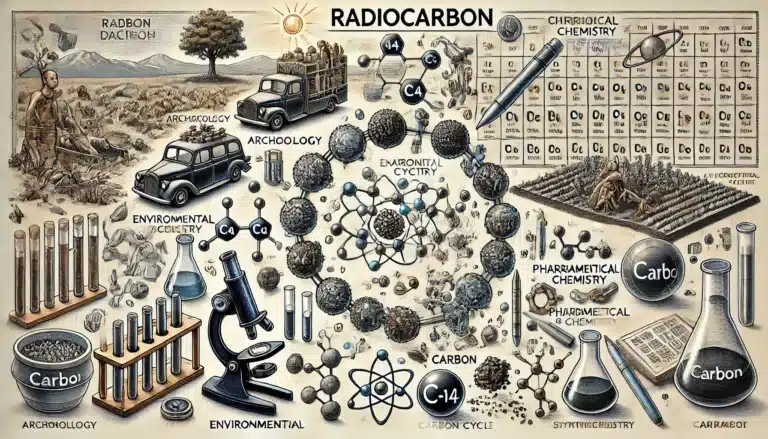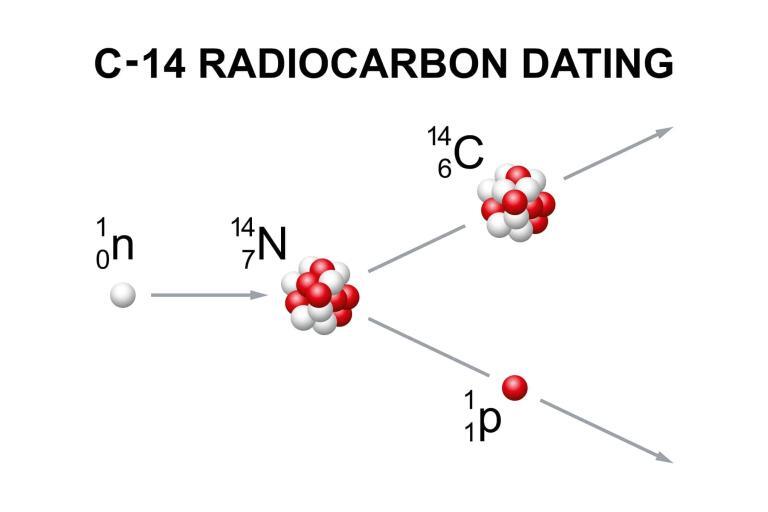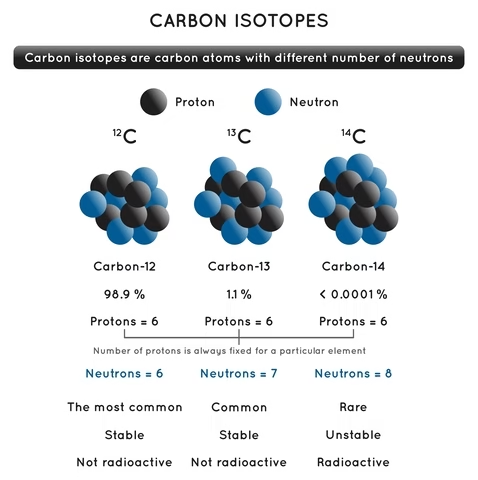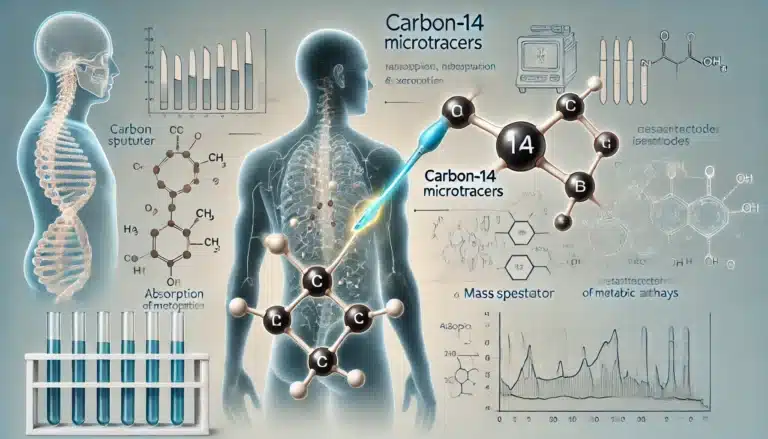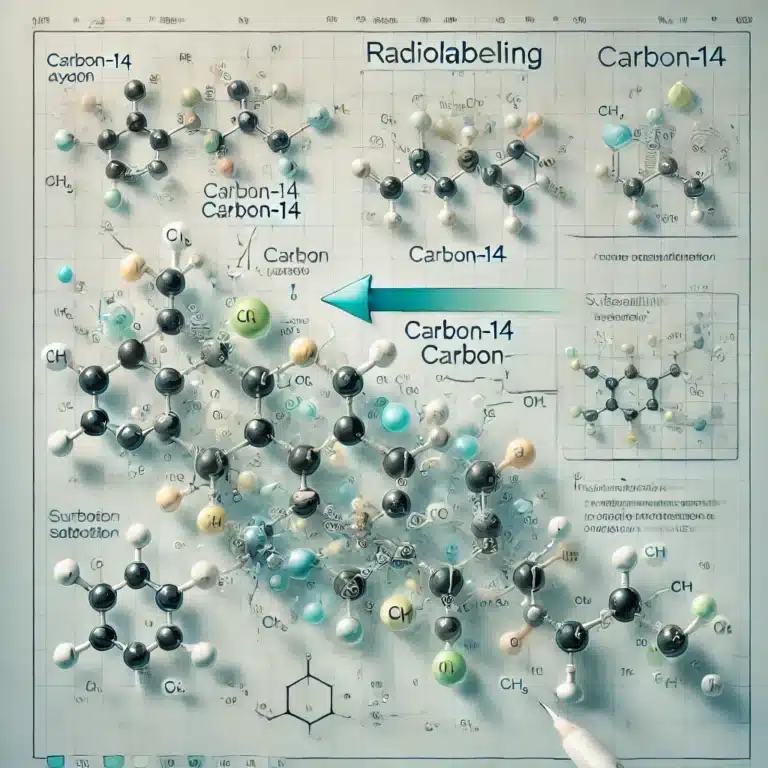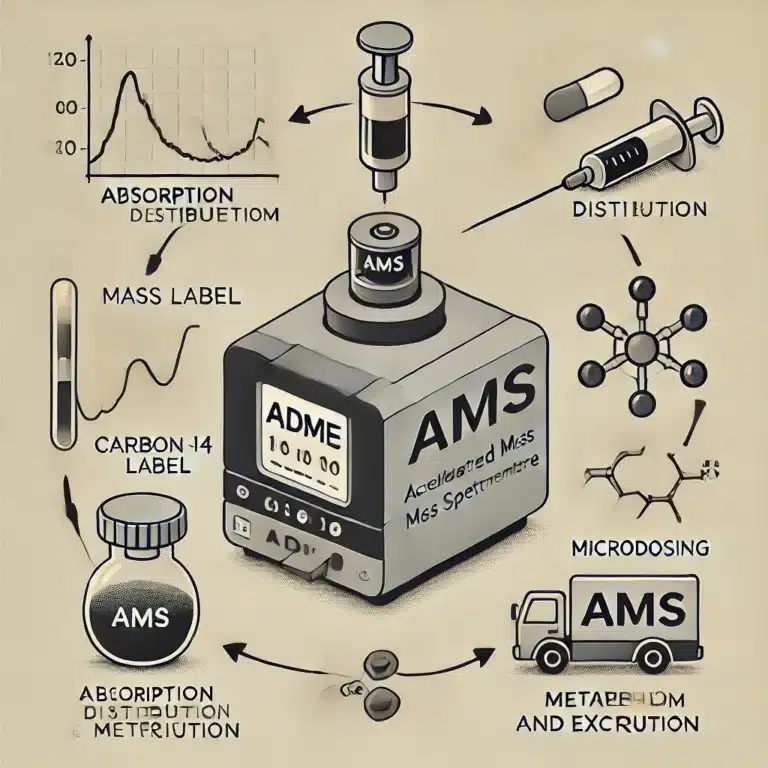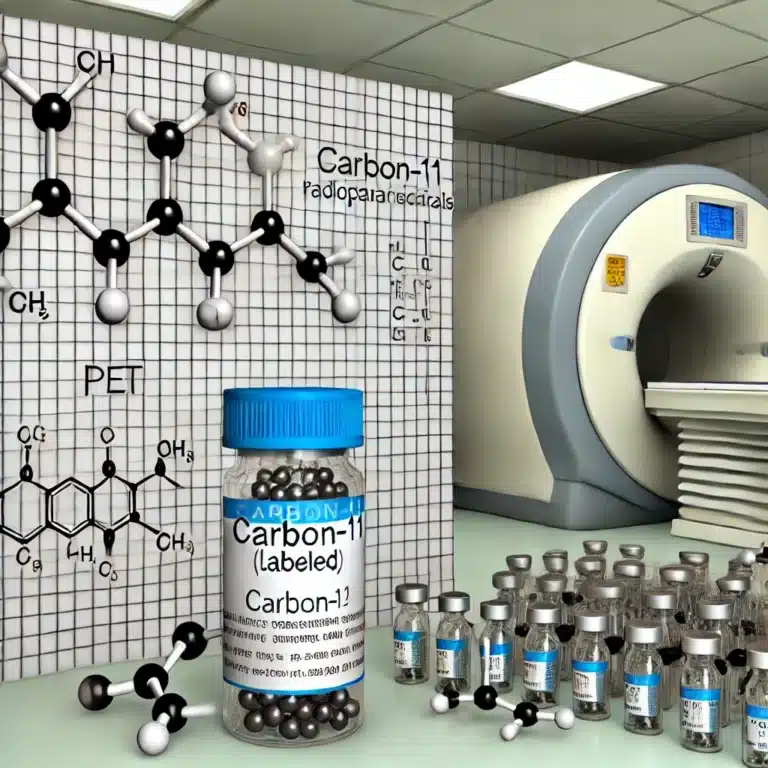Carbon-11 Labelling
Carbon-11 labelling is a sophisticated technique extensively utilised in molecular imaging, particularly in positron emission tomography (PET) scans. This radioisotope is a valuable tool in medical research and developing new pharmaceuticals. The isotope has a short half-life of about 20.4 minutes, which requires it to be produced on-site where it is to be used. This rapid decay limits transportation options but makes it ideal for imaging studies since it reduces the total radiation exposure to the patient.
The production of Carbon-11 is typically achieved through the nuclear reaction of boron with protons in a cyclotron. This process yields Carbon-11 in the form of carbon dioxide, which can then be reduced to other forms, such as carbon monoxide or methane, depending on the requirements of the subsequent chemical synthesis. These derivatives serve as precursors for the labelling of a variety of biologically active molecules.
In pharmaceutical development, Carbon-11 labelling is instrumental in studying the pharmacokinetics and pharmacodynamics of new drugs. It allows researchers to observe the interaction of drugs with various biological systems in real time. By attaching Carbon-11 to drugs or other biologically relevant molecules, scientists can trace where the substances are distributed within the body, how they are metabolised, and how quickly they are cleared. This insight is crucial for determining the efficacy and safety of new therapeutic agents.
Furthermore, Carbon-11 labelling plays a critical role in neurology. It is used to study brain physiology and pathology, providing essential information on neurotransmitter systems and brain metabolism. For example, it has been used to develop tracers that can target specific brain receptors or enzymes, allowing researchers to study the biochemical changes associated with diseases such as Alzheimer’s and Parkinson’s. Visualising and quantifying biochemical processes in the brain is invaluable in understanding neurological conditions and evaluating interventions’ effectiveness.
Even with its advantages, the use of Carbon-11 is not without challenges. The short half-life requires rapid synthesis and formulation of the labelled compounds, demanding highly coordinated and efficient operational procedures. Moreover, the need for a cyclotron and specialised chemical synthesis facilities means that Carbon-11 labelling is often restricted to well-equipped and specifically designed laboratories.
In conclusion, Carbon-11 labelling is a potent tool in the medical imaging and drug development arsenal. Its ability to provide dynamic, real-time insights into the molecular interactions of drugs and biological systems in the living organism is unmatched. As technology advances and becomes more accessible, the potential applications of Carbon-11 labelling are likely to expand, further cementing its role in advancing medical science and pharmacology.
You are here:
home » Carbon-11 Labelling


